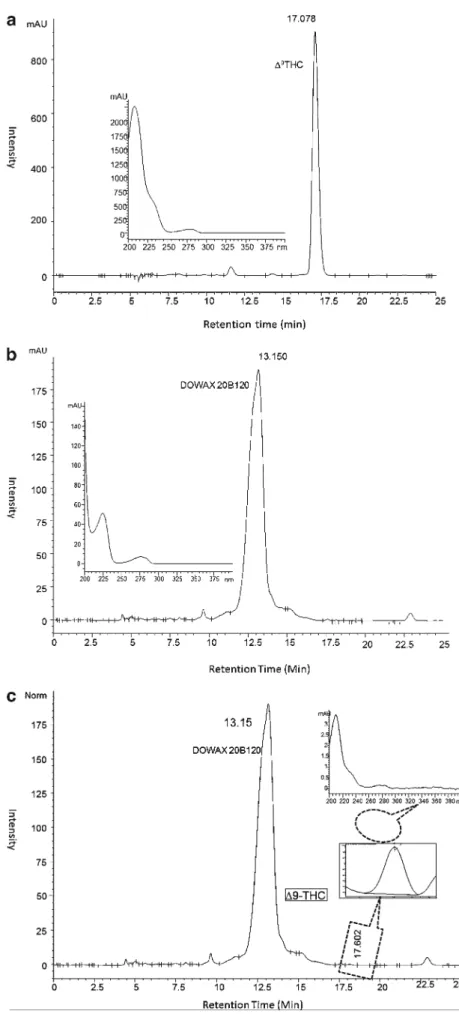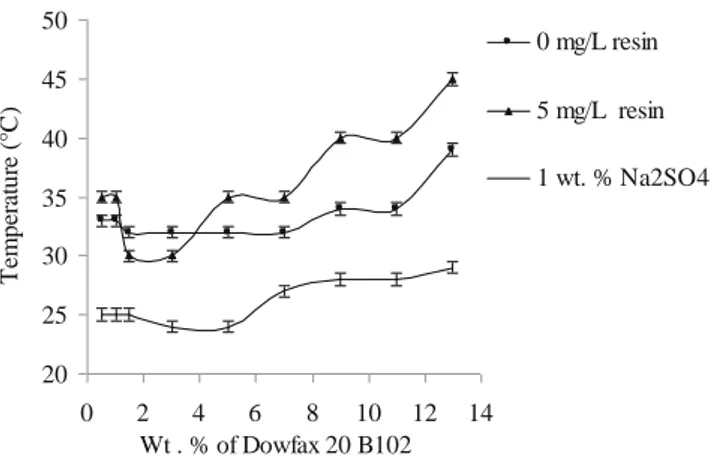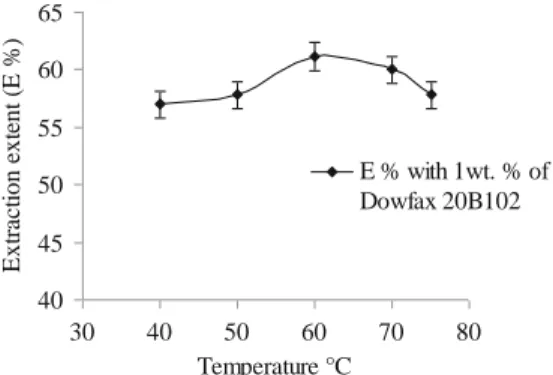Cloud point extraction of Δ9-tetrahydrocannabinol from cannabis resin
Texte intégral
Figure



Documents relatifs
Theoretical solar radius variations (by reference to the polar radius, in mas) versus heliographic latitude in degrees, for di fferent values. of the rotation rate Ω (see
To further test the robustness of the decline of Rszc and Rscc, we applied the same partial correlation analysis using different climate data sets (Figure S6), defining preseason
This shows that in open systems like random lasers investigated here, the conven- tional description of lasing modes in terms of quasimodes of the passive cavity is limited to values
Justo después, se muestran los objetivos generales: conocimiento de las características más destacadas de las lenguas de especialidad y su relación con la lengua
Second, as a contribution to the empirical literature, we use DID matching to estimate the av- erage treatment effect of the French AES program, implemented between 2000 and 2007,
The common overall goal of the many existing approaches is to calculate the corrective shim currents in order to compensate for the field inhomogeneities over a region of
Monsieur Ichikawa y relate les rela- trons qr.r'il a su créer ar,ec des spécialistes de l'Acadie.. les Acadrens ont dir chercher refuge dans d'autres
The behaviour of the OWT during collision is highly sensitive to wind loads : in some cases the OWT can collapse for an impact velocity of only 3 m/s and the structure can fall